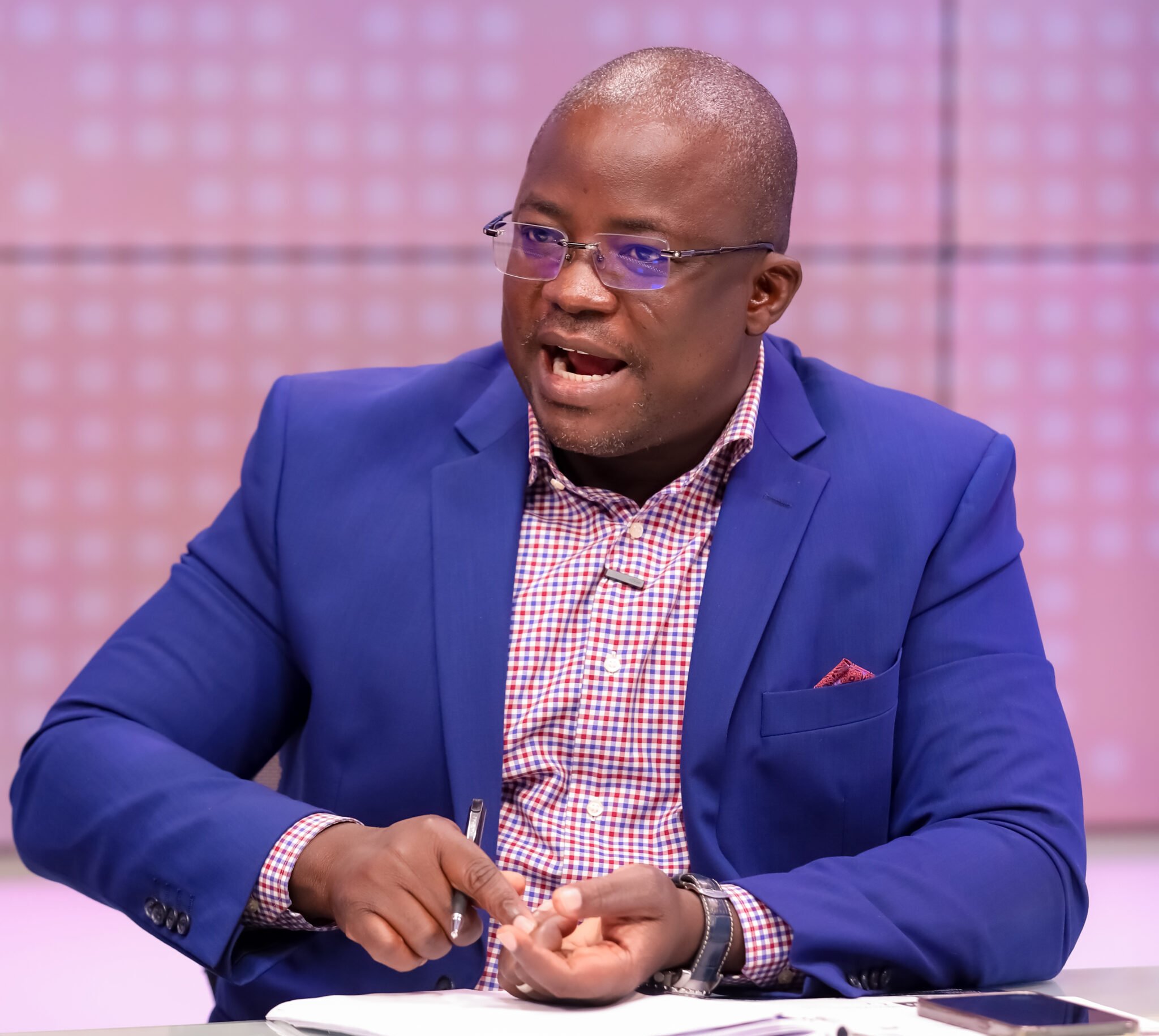

Razer's Project Linda concept, which has a smartphone act as the brain and trackpad of a laptop, is one of the best gadgets I've seen at CES.
Razer has a history of bold experimentation. At last year's CES tech industry trade show in Las Vegas, Razer showed off an outlandish three-screen gaming laptop concept that was a bit too crazy to end up in consumers' hands.
This year, however, Razer's concept product is somewhat tame, but in a good way. In fact, the San Francisco-based gaming company may very well have figured out how we'll be using computers in the not-too-distant future.
Razer's "Project Linda" is essentially a docking station for its Razer Phone smartphone that turns it into a laptop with a 13.3-inch display and keyboard that can also charge the phone.
When you think about it, it makes perfect sense. Check it out:
The concept is that smartphones will become the only device you'll ever need for leisure and productivity.
You can do the basic stuff with your smartphone, like perusing the web, social media, and apps. And when you need to be more productive — writing long emails or documents and switching among multiple browser tabs — you can place the Razer Phone into Project Linda to benefit from a larger screen and keyboard.
Project Linda is a docking station for the Razer Phone that takes the form and has the functionality of a laptop. It's genius.
The phone fits in an enclosure where you'd usually find a laptop's trackpad.
Once in the enclosure, a simple button press extends a USB-C connector into the Razer Phone's USB-C port — and just like that, you have a laptop.
I've seen a dock that lets you connect a smartphone to a monitor and run apps as you would on a computer.
But with Project Linda, the dock, like a laptop, has everything you need in one portable package.
This has been done before — but the Palm Foleo in 2007 never shipped, and 2011's Motorola Atrix, which had a laptop dock as well, was a total failure.
The phone acts as a trackpad.
Unlike with the Palm Foleo and the Motorola Atrix, the Razer Phone's screen acts as the trackpad in Project Linda, and it worked well when I tried it at CES 2018.
It's incredibly responsive to your finger movements and feels just like your laptop's trackpad, albeit much smoother because of the phone's glass display.
But that's just the most basic use of the enclosed phone.
It can also act as a second screen that complements what you see on the laptop.
The phone in Project Linda also provides the speakers.
This is another beautiful integration of the phone and Project Linda. The Razer Phone's speakers are the loudest — and among the best — for smartphones on the market, so they're well suited for laptop usage.
It comes with some extras that will help make it work and feel like a laptop.
Inside Project Linda is a full laptop battery that can charge the Razer Phone and be charged via the USB-C port on the side of the laptop.
There's also a headphone jack and a regular USB port.
So that's the hardware, but what does it run?
Since the Razer Phone is the brains, you'll see and use the Android operating system, and you'll run Android apps.
Think of Android on Project Linda this way: It's everything you do on an Android phone, just bigger and easier to use because of the larger laptop display, keyboard, and trackpad.
In a way, it's somewhat like a Chromebook in that it can do most of the basic things you want to do but not more-complex tasks because it doesn't run full desktop apps.
Will it be worth it?
Would we buy one? It'll all boil down to price. And even before considering that, Razer has to decide whether to take Project Linda out of concept territory and into full commercialization.
For those who exclusively use web browsers, a device like Project Linda that runs on a smartphone has the potential to be a viable option. But it's too early to make that call. I'd have to use Project Linda for a while to see how it holds up with daily usage.
Razer has shown that a phone can indeed turn into an all-purpose machine by way of a special dock that looks, feels, and works like a laptop. All it really needs now is a better optimized operating system and software that lets users do more.
Razer's Project Linda concept, which has a smartphone act as the brain and trackpad of a laptop, is one of the best gadgets I've seen at CES. Read Full Story
























Facebook
Twitter
Pinterest
Instagram
Google+
YouTube
LinkedIn
RSS